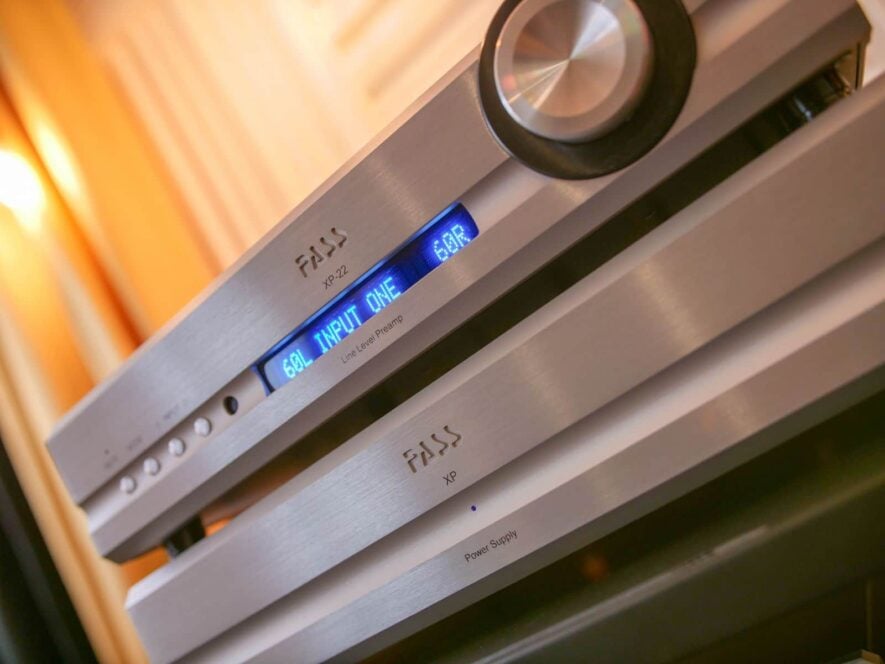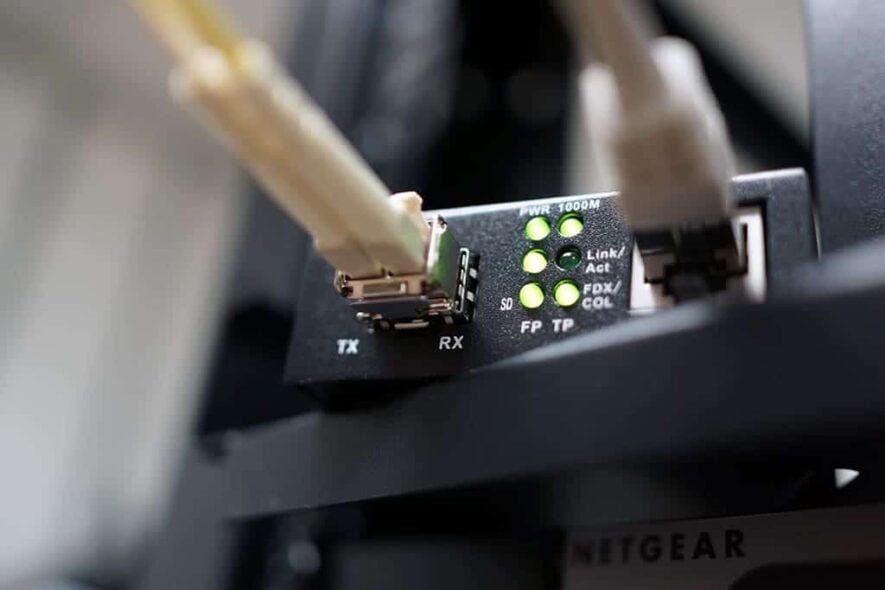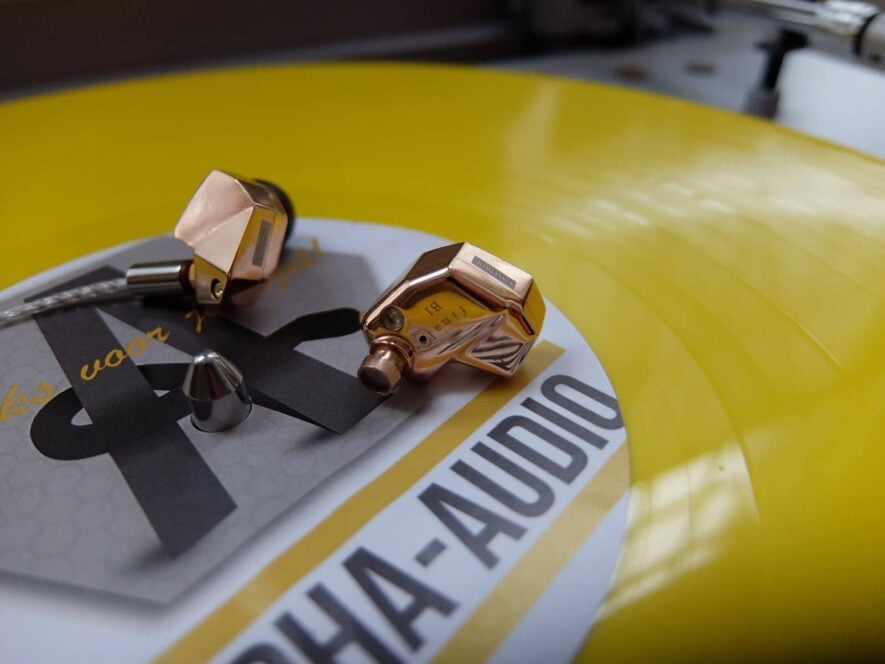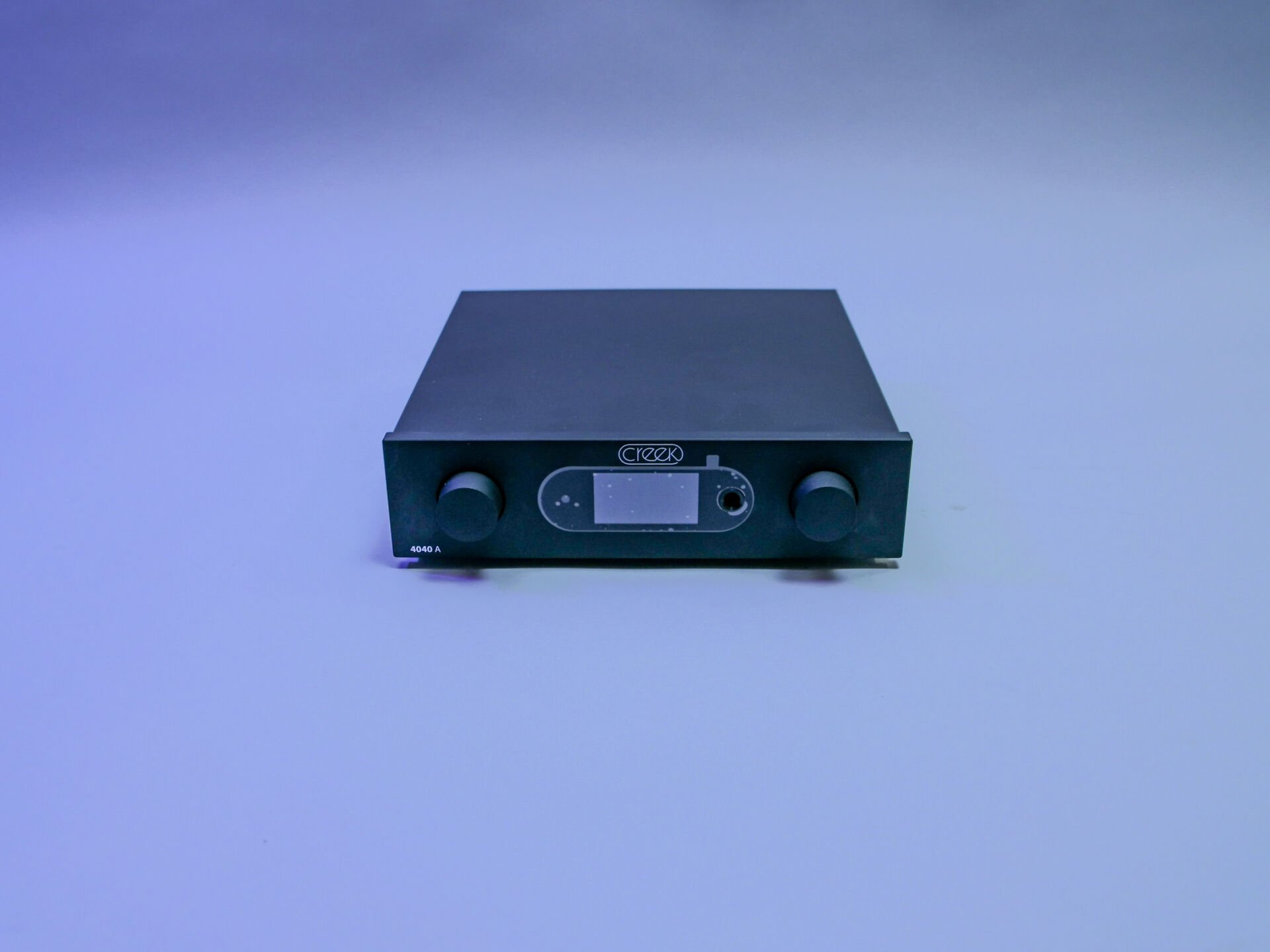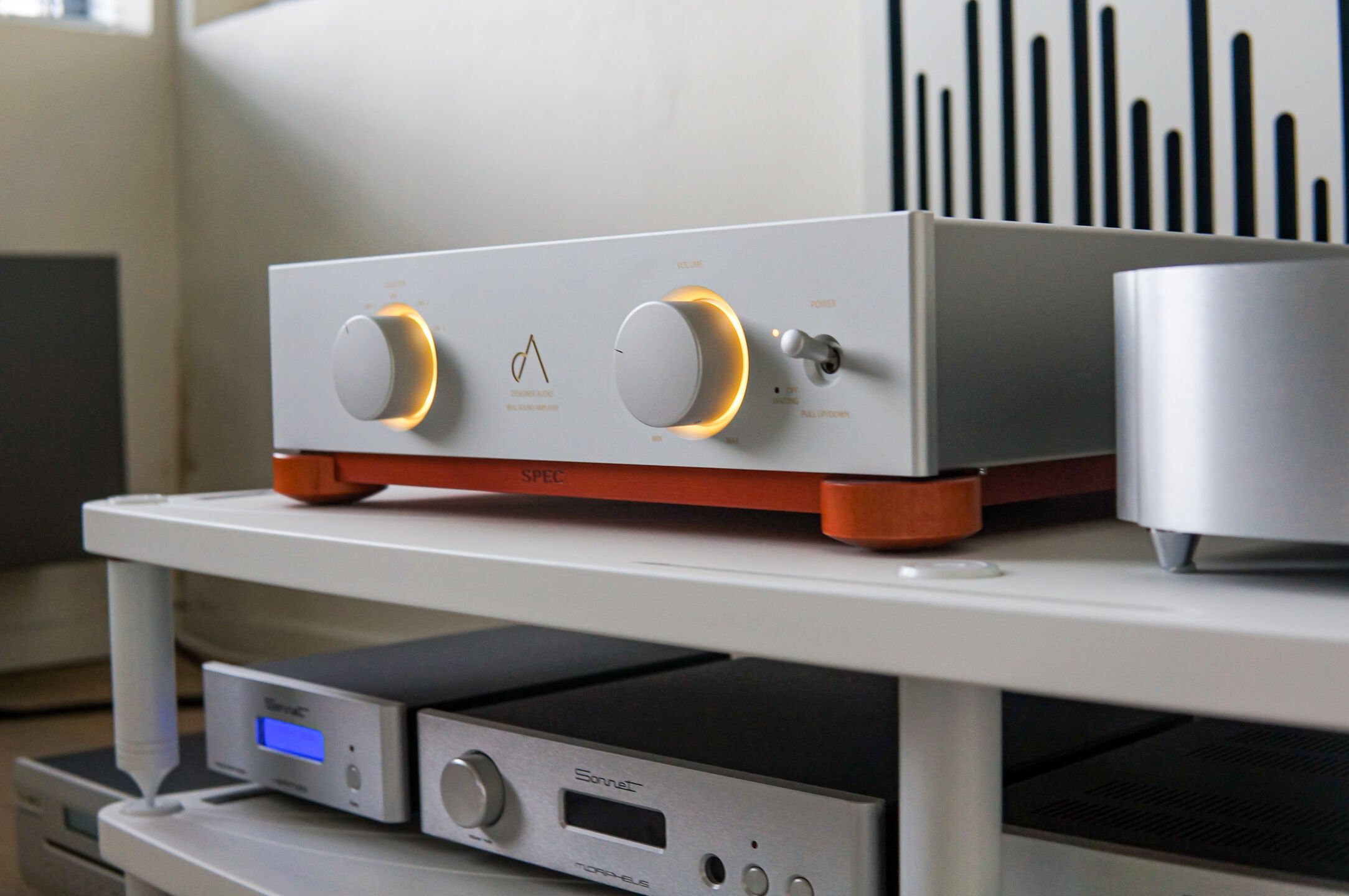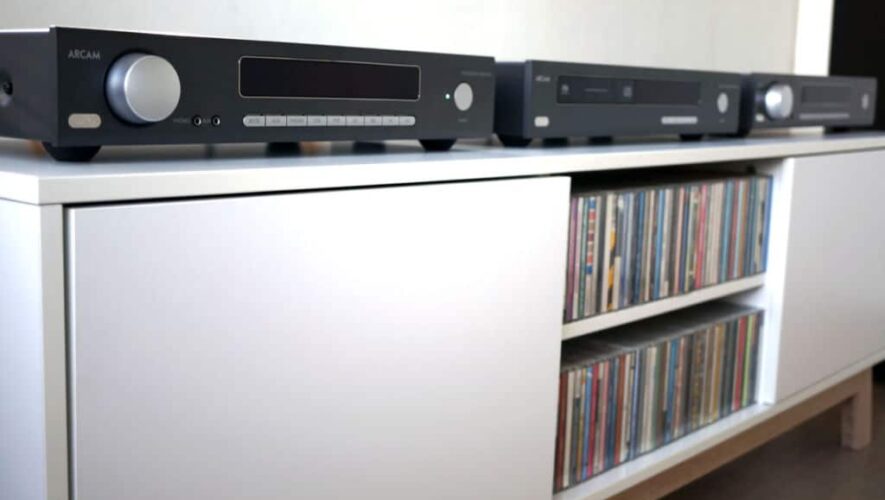

Intro
Contents
Because we were so impressed with the Arcam SA10, it even won our multi test, we wanted to know what the SA20 could do on top of that. Is it just a more powerful version of the SA10 or is there more going on? Do both instruments sound the same or do we hear differences? We’ll take back the SA10 and CDS50 and sort it out for you. Thanks to Transtel-Sabima for the long stay of the aircraft.
The main technical difference is the patented class G reinforcement on the SA20 instead of the more traditional class A/B on the SA10. The SA20 plays 20 watts in Class A and the Class G should ensure a smooth transition during the crossover from Class A to Class A/B. Less cross-over distortion is of course always welcome.
Class G – also known as ‘rail switching’ – should help by automatically adjusting the power supply voltage (rail switch) as the power demand rises or falls. This circuit is not audible and the final distortion decreases and the efficiency increases. A win / win. Point is: it’s more expensive to make.
The power of the SA20 compared to the SA10 increases from 2 x 50 watts to 2×80 watts in 8 ohms. That can help with somewhat heavier or more difficult speakers.
The built in dac in the SA20 gets the new Sabre 9038 dac chip which has just a bit better specifications than the SA10 (9016). Due to the lack of a USB input, the maximum achievable resolution remains the same with both amplifiers. The limit is at both amplifiers via the coaxial input at 192kHz. The SA20 in fact gets an almost identical dac as the one in the CDS50 and with no less than seven filters you refine the sound a bit according to personal taste.
It can be fun to play with that for a while, but it mainly causes choice stress with us. We used the standard filter because we liked it on both the SA10 and the CDS50. For the sake of clarity, the CDS50 does have a USB input

